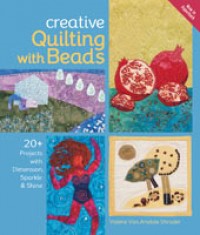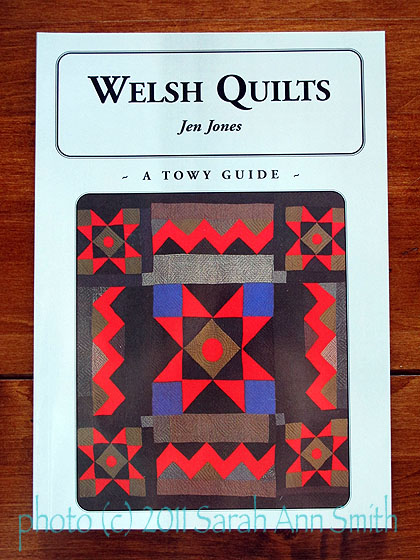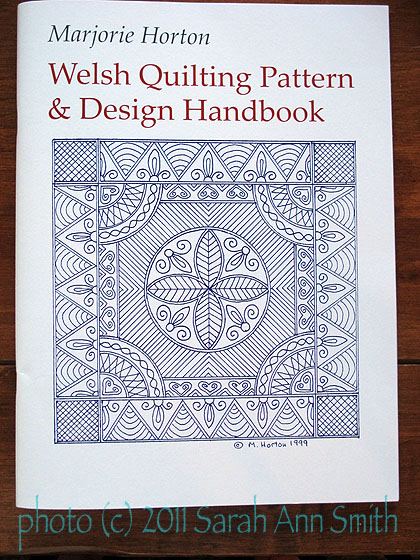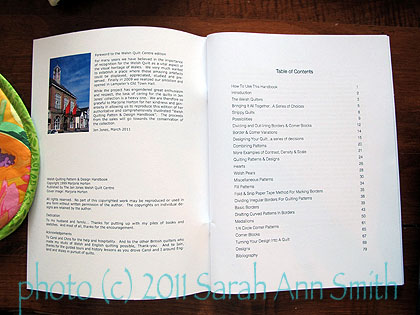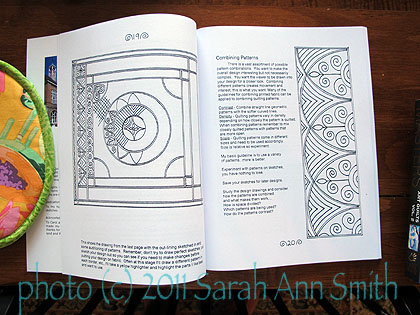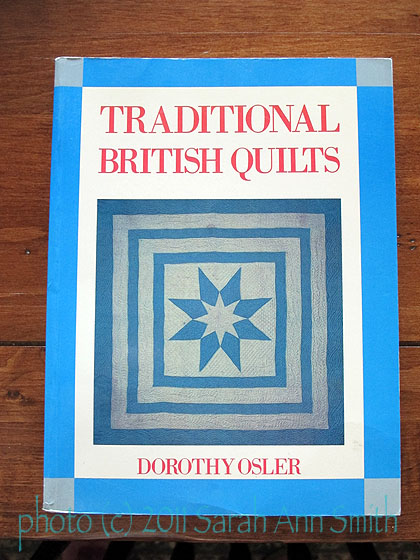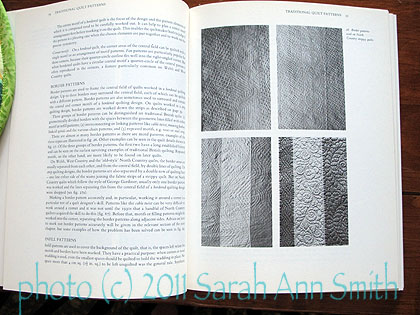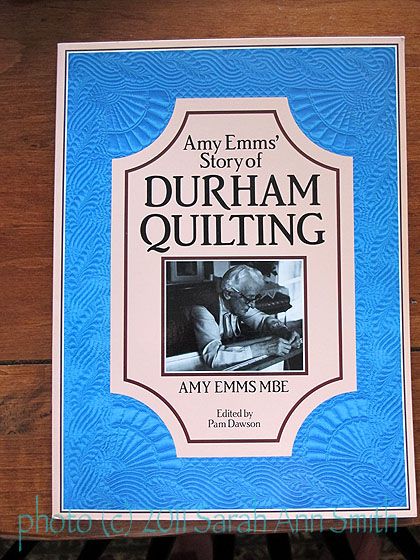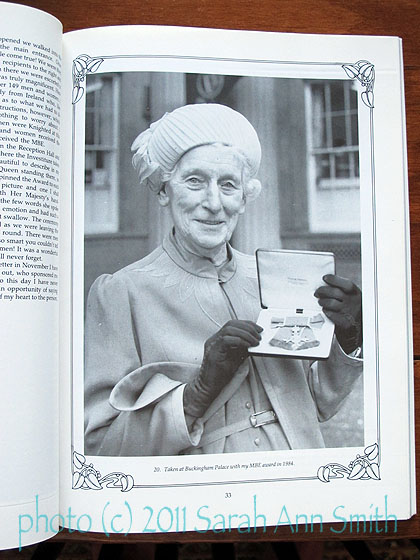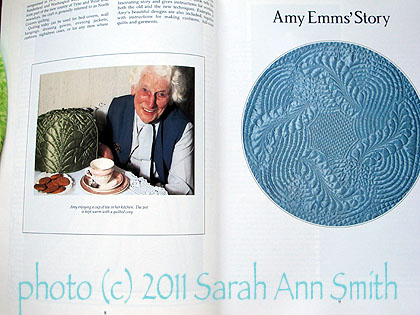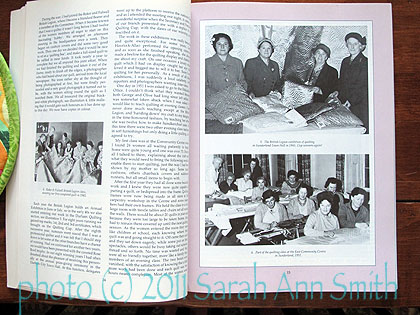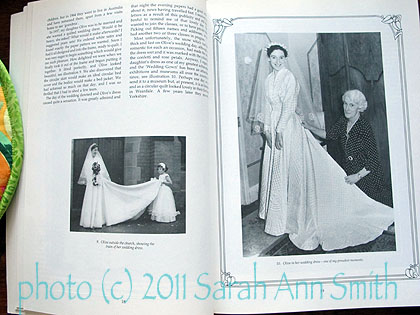OK…so most of you know me as an art quilter. And some of you know that I adore Hawaiian style quilts, which are definitely on the traditional side. You may not know that I am also a great fan of Welsh quilts and the quilting from Northern England!
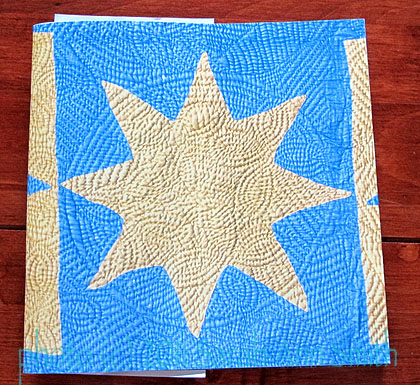
Cover of the Catalog for the 2011 antique quilt show at the Jen Jones Welsh Quilt Centre.
This catalog is for the 2011 show, “Oh that Summer Would Last Forever,” and is about 8 x 8 inches and (if I counted correctly) 28 pages. The quilts range from pieced, to the wholecloth (which I utterly adore), to applique, and date from the late 1800s to about 1930.
Let’s face it… if it is quilting, I love it! Not long ago I discovered that there was an exhibit of quilts with a published booklet at the Jen Jones Welsh Quilt Centre in Lampeter, Ceredigion, Wales. Thanks to the wonder of the internet, I googled them up, wrote and asked how much it would cost to send a copy of the show catalog to Maine. Luckily they had just gotten a new and final shipment of the catalogs, and the cost wasn’t much (under $20 including postage); in a rare example of speedy governmental service on both sides of the Atlantic, I got the envelope in about a week despite the onslaught of holiday mail. Here’s a snapshot of the flyer for the show:
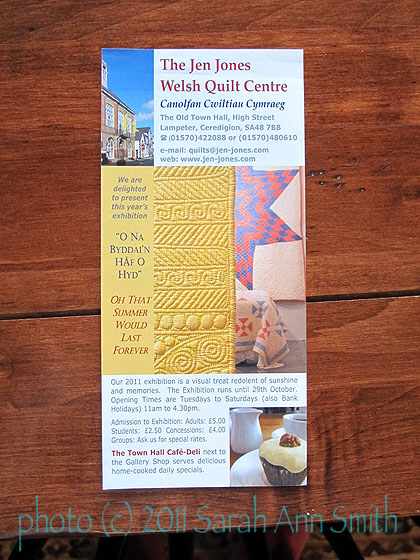
Jen Jones Welsh Quilt Centre flyer
It looks as though this was the third consecutive year for a show, so I hope I can figure out a way to get to the Festival of Quilts, with side trips now including Lampeter, Wales!
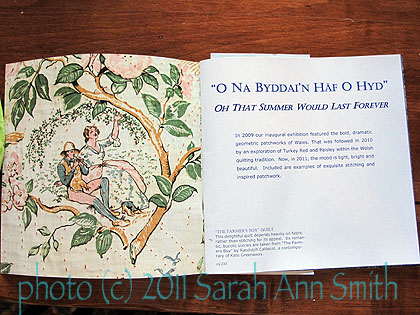
Inside cover and front page of the show catalog
and

One of the stunning quilts... just LOOK at that beautiful quilting!
A few years ago before my quilty career took off and funds were more scarce than hen’s teeth, Thelma S. kindly sent me some handdyeds from her stash. One huge piece (like king size bed quilt huge) was dyed this glorious peach-yellow-rose; I keep thinking of it as a sunrise. Immediately I wanted to use it as a wholecloth. That evolved into wanting to dye a wholecloth top the same colors, but in cotton sateen like the English north country style, with Thelma’s piece as the makes-me-happy back. I still harbor that desire, and am slowly working my free-motion skills up to the demands of the precision of a traditional wholecloth quilt. I’m definitely a more flow-y, free-form kinda quilter!
After reading the catalog, I went to write Hazel, the kind lady at Jen Jones’ centre who took my order (they don’t have Paypal or online ordering, so I ended up sending my credit card in separate emails, you can also fax or call her) to say how much I loved the catalog, and ended up looking at the site again. Turns out they had three more books on Welsh quilts. One, the big one by Jen Jones written in both French and English, would have cost a fortune to mail (so I am trying to get a copy through my local quilt shop and the US distributor for that book), but ordered up two additional books: Welsh Quilts by Jen Jones, A Towy Guide and Marjorie Horton’s Welsh Quilting Pattern and Design Handbook. I thought I’d share those, then decided I should also share a couple other books I have on Welsh and English north country quilts. Since the posts would be waaaaayyyyy too long, I’ve decided to parse it out into three blogposts.
The first book I bought on Welsh quilts is actually a Threads magazine book made up of articles from the magazine, one of which was on Welsh quilts and is called Great Quilting Techniques. But there’s not a ton of information in there… it left me wanting more, much more. A few years ago at Quilt Festival in Houston I found
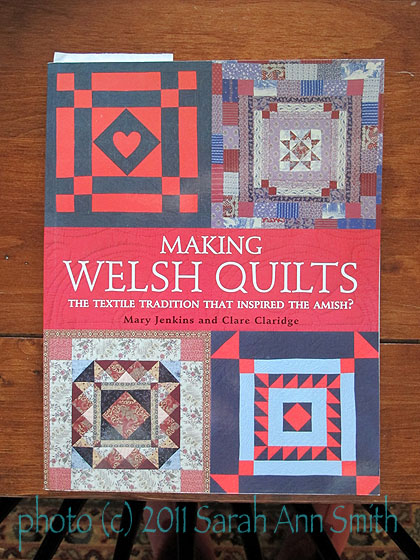
Making Welsh Quilts
Making Welsh Quilts: The Textile Tradition That Inspired the Amish?, by Mary Jenkins and Clare Claridge.
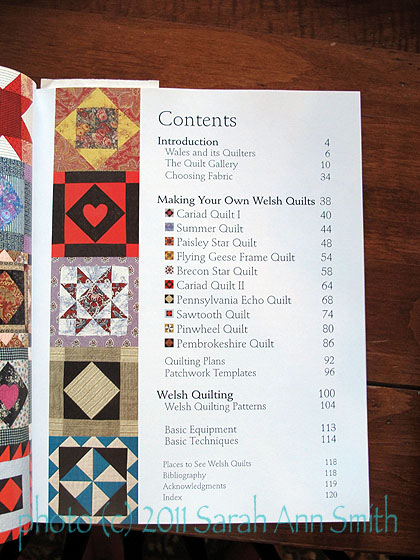
Making Welsh Quilts table of contents
As with so many of our quilt books, the shorter front half of the book is the back-story, the information, then there are lots of patterns for projects. This is wonderful when you want a project book–alas, I always want more of the “not project” stuff! That said, there is a LOT of great information here, as well as inspiring projects. Best of all (for me) is the interesting section toward the end called “Welsh Quilting,” with designs –lots of pictures of lots of types of designs– that are typical of the actual quilting part of Welsh Quilts, including hearts, paisleys or Welsh pear, Leaves, Flowers, Spirals, Fans and Circles, Borders, and Infills. The book would be worth it alone just for this section!
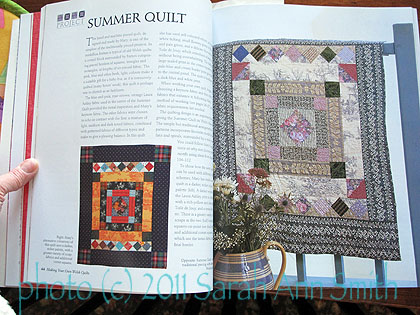
One of the pieced quilt projects
As you can see, the photography is good. Best of all, the book is still available on Amazon if this type of quilting interests you!
I’ll be back with more of my book stash on Welsh and English quilting soon!

